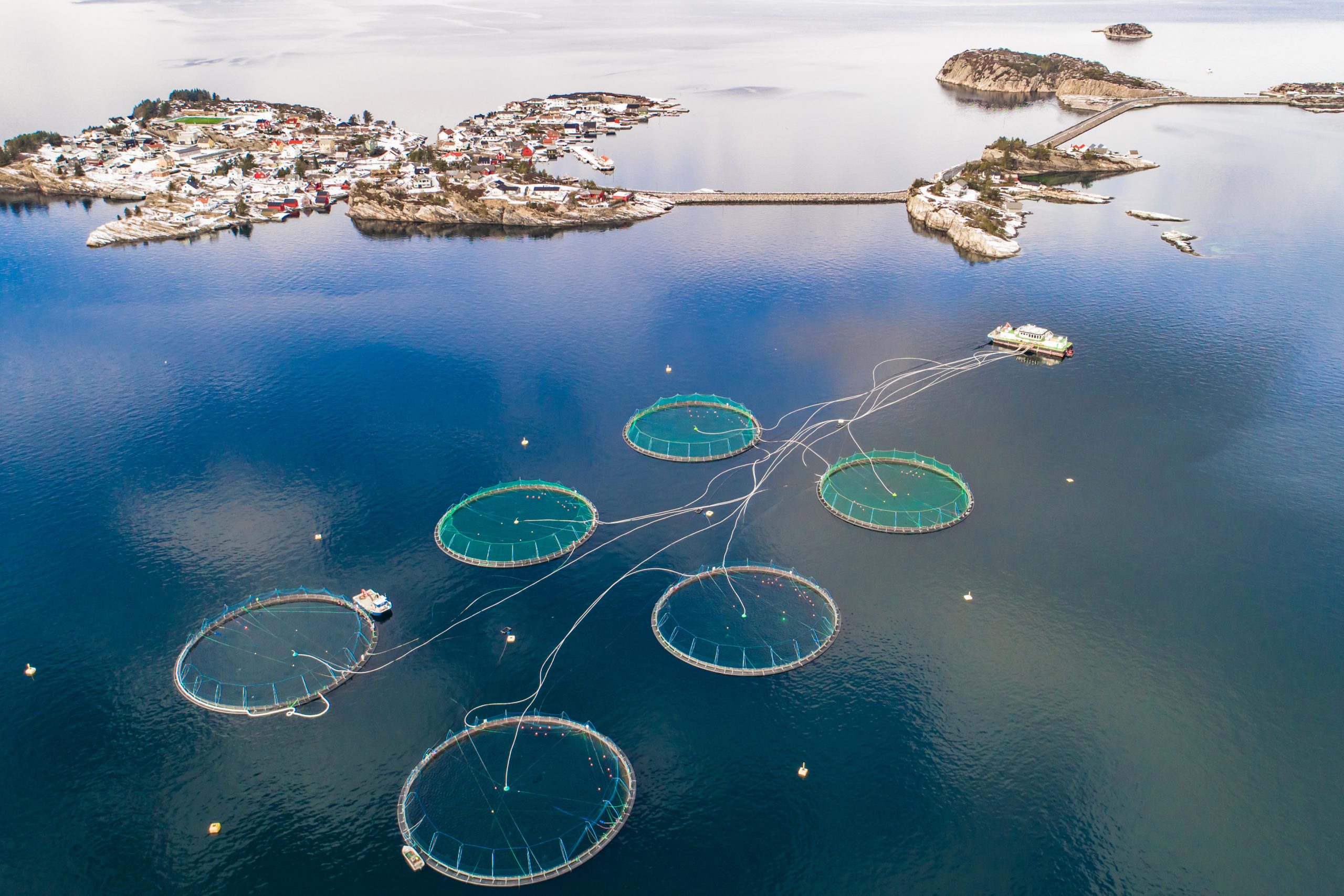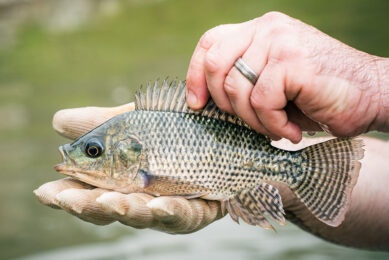6 game changers in the aquaculture industry

To take aquaculture to the next level, the sector has to embrace innovation. At AquaVision, 6 innovative companies presented their solutions for a more productive and sustainable aquaculture sector.
At the recent AquaVision, Therese Log Bergjord, CEO of Skretting (part of Nutreco) emphasised that aquaculture should innovate and collaborate for a sustainable growth. “We have made so much progress, yet we still have so much more to do. Let’s embrace change, keep moving and work together to feed the future by producing healthy and safe proteins that meet the demands of a growing population.” Innovation is boosted by Nutreco NuFrontiers, this is an exciting mission that Nutreco started last year, spearheaded on innovation and collaboration. The focus is, for example, on start-up and scale-up companies to give the company better access to biotechnology and new insights and research on functional ingredients, new commodities and new production systems. At the conference, 6 of them presented their view on a more sustainable and better aquaculture.
 Females rule in shrimp farming
Females rule in shrimp farming
Assaf Schechter, CEO of Enzooic explained that an all-female shrimp farming system is better and possible. ”Male shrimps can be more aggressive and we have found a way to only produce female shrimp. This is better for uniformity, harvest and revenue,” Mr Schechter explained. The sex-determination genes in shrimp are different from mammals and are named Z and W. The ZZ genotype produces males, and the ZW produces females. The offspring is then male or female. Enzooic has created super female broodstock of M. rosenbergii and L. vannamei with WW, which means that all of the offspring is female. This is the only commercial all-female technology in shrimp aquaculture.
 Land based lobster farming
Land based lobster farming
The company Norwegian Lobster Farm has developed a production system that makes it possible to farm lobsters. Lobsters can be very aggressive when farmed. The company was established in 2000, but after some rocky years (including a fire that burnt the whole farm down), the company is back on its feet with after a EU project grant in 2016. Asjbørn Drengstig from Norwegian Lobster Farm explained that there is high demand for lobsters in Europe and that he wanted to make farming possible to produce super quality and environmentally friendly lobster. They have developed a system that includes: Recirculation of seawater (RAS), 20°C using heating of water, pelleted feed from 1 DPH and a high level of robotics and automation. Commercial production will start in 2020.
 Machine learning for fish farmers
Machine learning for fish farmers
Aquabyte is developing our software platform with cutting edge computer vision technology. Our software platform allows for an unprecedented level of industry optimisation, resulting in increased yields and greater profit for farm owners. Bryton Shang, CEO of Aquabyte presented his vision on machine learning and aquaculture. “Machine learning can give the answers to many important questions that fish farmers are dealing with. How much should I feed? What is the current health status? What sizes of fish can I sell and how do I maximise yield?” The company has products for farmers related to lice counting, biomass estimation, appetite detection and feed optimisation.
 Silver bullet for White Spot Shrimp Virus
Silver bullet for White Spot Shrimp Virus
Diseases are the biggest risk for shrimp farmers and result to over 2 billion dollars in losses each year according to the Goal 2017 survey. Currently, there is no effective method to treat viral diseases in shrimp. The company ViAqua Therapeutics has developed an oral solution to shrimp diseases. They have developed a non-GMO, safe, and effective biological process in which RNA molecules shut down specific genes associated with the virus or disease. The delivery is done by an encapsulated RNAi particle in feed for efficient oral administration and delivery of the formulation. The ViAqua delivery platform protects the RNA in the aquatic environment and withstands barriers in the digestive system to deliver the RNA. Shai Ufaz, CEO of ViAqua explains that RNAi is a very promising approach for treating the widespread White Spot Shrimp Virus.
 Insects: The new premium fish meal
Insects: The new premium fish meal
Antoine Hubert, CEO of Ynsect presented the benefits of using insect protein in fish diets. “At Ynsect we are redefining the standard for ‘premium’ in animal feed. By using crop by-products, mealworms produce high value protein, oil and fertiliser, to be used in different end markets. Since 2017, the use of insect protein is allowed for farmed fish in the EU. This has boosted the research and production of insect meal in Europe. The goal of Ynsect is to produce 1 million tons per year of premium mealworm protein with 15 plants by 2028.”
 Doubling fresh shelf-life of salmon
Doubling fresh shelf-life of salmon
BluWrap is using natural solutions to reduce costs and increase product value for its customers whilst reducing the impact on the environment. In short this means that they have developed a technology that has been proven to more than double fresh shelf-life of salmon. Tim Shaw from BluWrap explained: “BluWrap uses fuel cells to actively reduce and consistently monitor oxygen while the product is shipped in refrigerated containers, extending the shelf life of fresh proteins well beyond 40 days. Our patented technology maintains a consistent atmosphere and provides transparency throughout the supply chain by continually tracking temperature and oxygen through built-in sensors.”
At AquaVision, All About Feed talked to Knut Nesse, CEO of Nutreco about the current challenges in aquaculture. Read the full interview here.
The 12 th edition of AquaVision attracted almost 450 delegates from 45 countries. The event is organised every 2 years by Skretting, part of Nutreco, and took place in Stavanger, Norway, on 11-13 June. Keynote speakers included former Secretary General of the United Nations, Ban Ki-moon and Her Royal Highness Crown Princess Victoria of Sweden.











